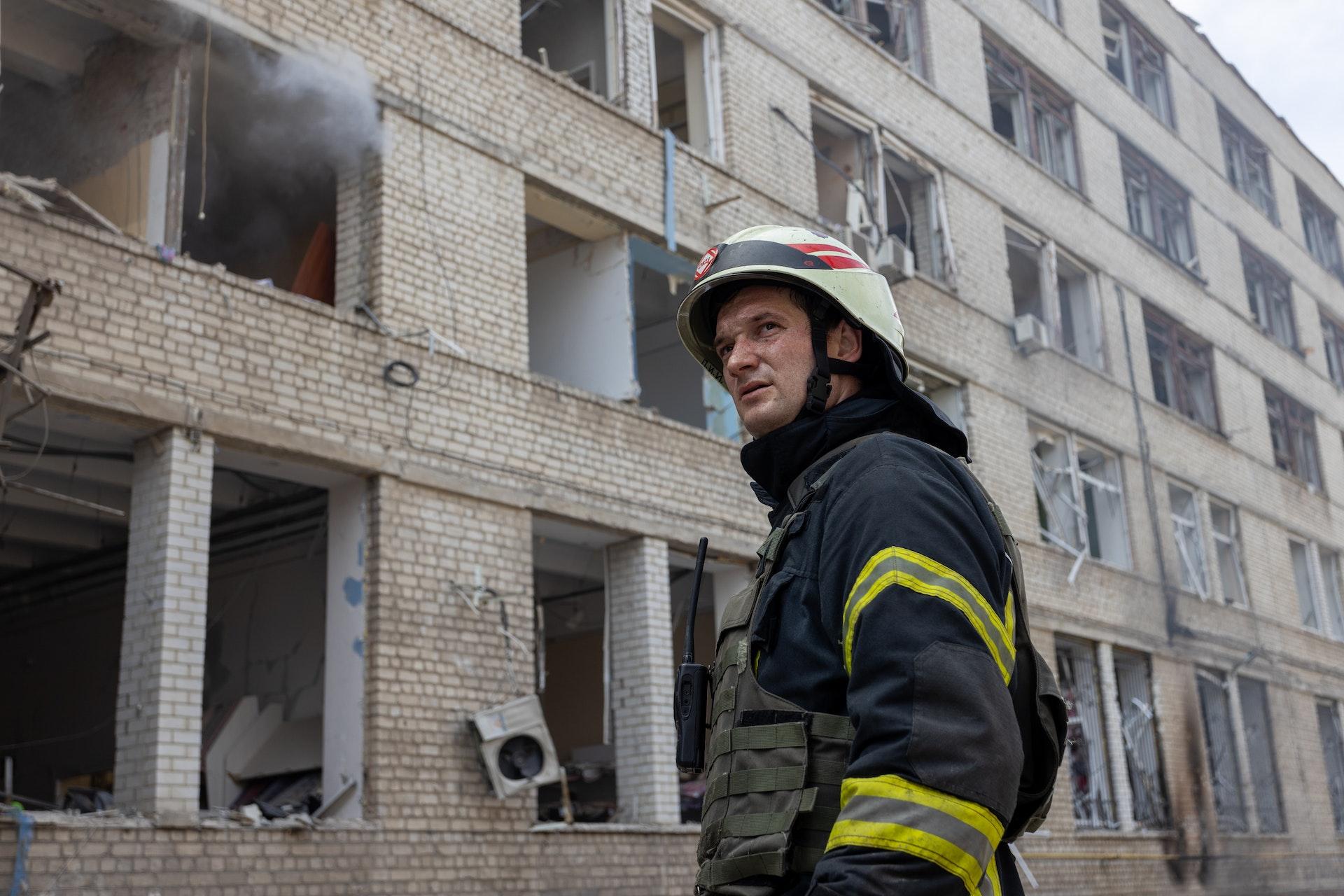
Civil protection also requires attention in the new government
At a time when the Reform Party and the Eesti 200 Party are negotiating a new coalition agreement, it is critical to remember that civil protection still requires permanent funding. The resources that have been allocated to this area thus far are insufficient to build a system and capabilities that are not dependent on clay feet. Given the current situation, civil protection would be a major concern if a more serious crisis occurred.
A look at the numbers can help you assess the targeted resources for civil protection. The Ministry of the Interior has allocated €68 million for civil protection between 2024 and 2027.1 This amounts to an average of €17 million per year (about 0.04% of GDP), which is divided into four priorities: increasing population awareness and self-preparedness, increasing local authorities’ crisis response capacity, developing a rapid and comprehensive emergency response for the population, and strengthening institutions performing civil protection functions. Along with this, the sector must work to modernize its legislation, which has serious shortcomings in the concept of civil protection.
There is plenty to do, but few opportunities. Civil protection is chronically stigmatized (as if it isn’t important) and under-funded. However, in 2018, the Civil Protection Concept identified 40 actions and 35 recommendations2 for the country to address in order to improve civil protection. Unfortunately, the Action Plan for Civil Protection 2024-2027, published in 2024, stated that “to date, the development of the field has not taken place at the pace planned at the time, as the implementation of the planned activities was not covered by the budget and required positive funding decisions, which did not materialise “.3
By contrast, starting in 2023, the Estonian security foundations include the principle that civil protection must receive permanent funding. Funding based on a four-year action plan is neither sufficient nor permanent.
Civil protection, like national defence, requires funding within a fixed percentage unit, which must be based on a social and cross-party agreement to ensure that funding for the sector is permanently secure, or, in the jargon of politicians, in safe hands, in order to transform security into growth.
The new Action Plan for Civil Protection3 establishes civil protection targets through 2020. For example, the document indicates what the state of civil protection should be in 2034, such as threat notification being continuously updated technologically and operating in a centralised and flexible manner, the emergency response network being able to operate autonomously for up to 30 days even during war, and the state having the capacity to evacuate and house up to 10% of the population for a week. In nine years, we should have shelters for 20% of the population and 50% of apartment buildings in place, as well as disaster medical service providers that are fully resilient. Furthermore, by 2034, 40% of the population will be crisis prepared, which means they will be able to manage independently for one week.
At this point, everyone may wonder if the security situation allows us to move at a pace that will allow us to meet these goals in nine years. The majority of civil protection authorities in our neighboring countries have repeatedly stated that there is insufficient time in our region to wait, watch, think, discuss, and endlessly promise to achieve nice goals. Unlike Estonia, neighbouring countries without a direct border with Russia are also involved in civil protection, allocating significant resources to it. We should have an adequate sense of security in Estonia as well, but this does not equate to funding for population protection.
Given the security situation, it is clear that the 2034 indicators must be met sooner. Before the next parliamentary elections, civil protection must achieve a quality leap equal to or close to these indicators. If this is not done, we will see that even then, as stated in the 2024 Framework for Civil Protection, “with the resources available, the state and local authorities do not have the necessary preparedness to protect their people in a military situation, and the actual preparedness of the people themselves is very low”.4 The continuation of this situation is unacceptable and jeopardizes people’s lives and health during a serious crisis.
There is an opportunity for the new government to do something significant for Estonia’s overall crisis preparedness by agreeing to allocate a fixed percentage of GDP to civil protection in the future, such as 0.2% of GDP per year to begin with. This would imply that, while the Ministry of the Interior has received 68 million euros over four years to treat the wounds of civil protection, this year’s budget for civil protection would be in the region of 79 million euros.
Yes, this would be a small amount in terms of the national budget, but for an area that has yet to receive permanent funding, it would be a stimulus on the scale of the Apollo space program, allowing civil protection to be launched into orbit. This will provide stability and the opportunity to build a system in a society where the debate over whether civil protection is even worth debating, or whether it falls into the category of “we’ll do it when there are resources left over”. However, the long-awaited dawn continues to delay its arrival.
× The op-ed (by Hannes Nagel) was first published on March 20, 2025 on the Postimees portal on March 21 on paper (No. 44, p. 12). Photo: rescue worker in Ukraine.
Sources
Jaga postitust:
